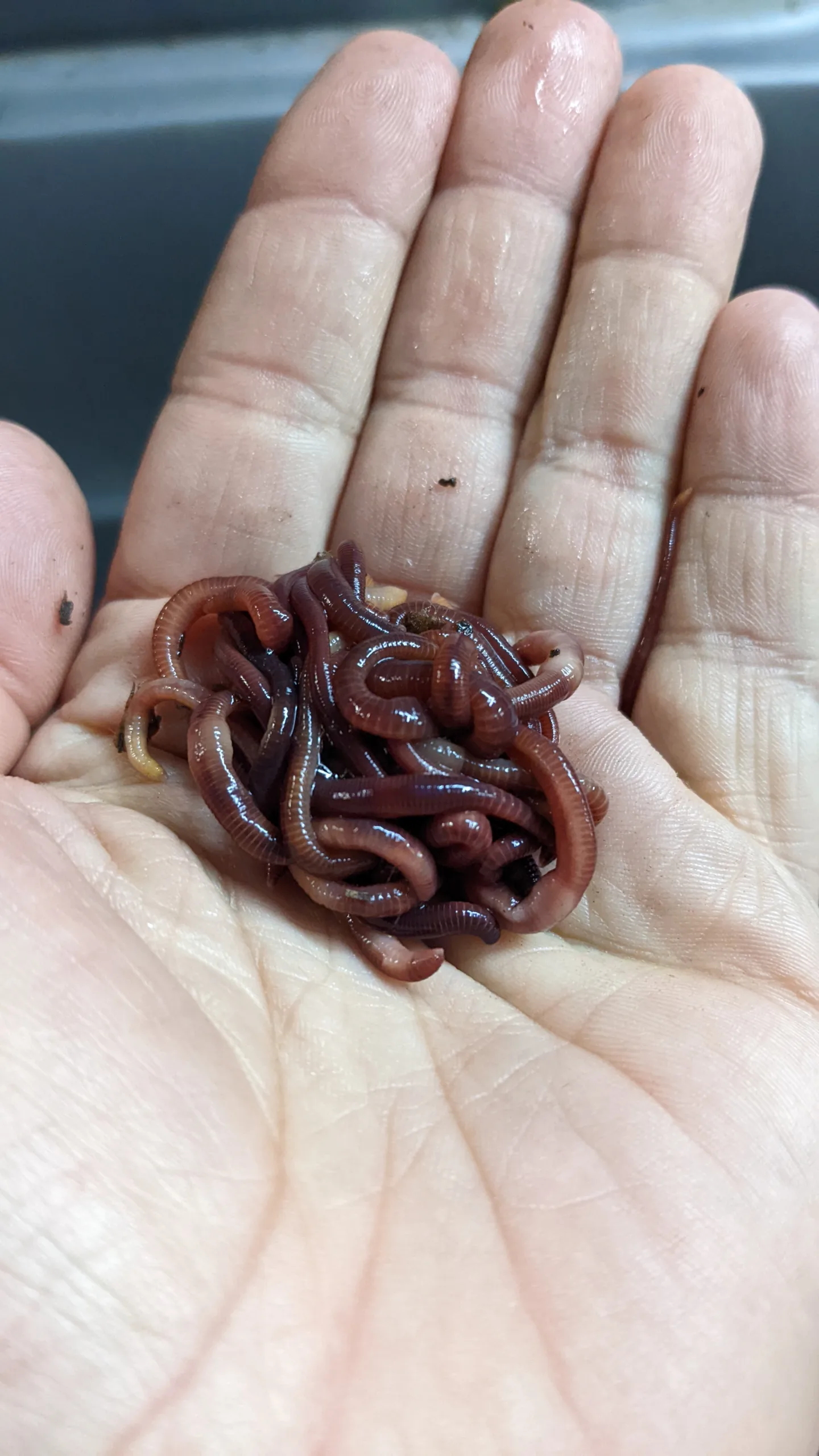The 9-Second Trick For Red Wiggler Express
The 9-Second Trick For Red Wiggler Express
Blog Article
Facts About Red Wiggler Express Uncovered
Table of ContentsThe Single Strategy To Use For Red Wiggler ExpressAll about Red Wiggler ExpressRed Wiggler Express Things To Know Before You BuyWhat Does Red Wiggler Express Mean?
Vermicomposting definitely isn't a brand-new practice. We have actually been doing it below at Uncle Jim's for decades. Yet with the worldwide press for sustainability and with eco-friendly methods growing in popularity, people are ultimately occurring and recognizing the environmental advantages of red wiggler worms and composting. In this write-up, we'll talk about exactly how vermicomposting supports sustainable horticulture and the ecological benefits of red wigglers and other earthworms.
This is the brief of it. If you want to check out comprehensive regarding red shakes, we have a whole write-up devoted to them right here. Now, let's enter the basics of just how these worms support lasting horticulture practices and benefit the atmosphere: Worm composting resembles a health spa day for your soil.
When integrated into your yard soil, these castings enhance its framework, oygenation, and water retention. This assists with plant development and health and wellness and does not need using any chemicals. Did you know that organic waste makes up a considerable section of land fill product? And disintegrating natural waste in landfills produces big quantities of land fill gas (LFG), which is included around 50% CO2 and 50% methane a greenhouse gas about 28 even more powerful than carbon dioxide.
By diverting your cooking area scraps and yard waste into a worm composting container, you're efficiently lowering the amount of natural waste that winds up in landfills. It's a great deal for your yard and the planet. Ignore chemical fertilizers worm castings are the genuine offer. They're chock-full of essential nutrients like nitrogen, phosphorus, and potassium.
Red Wiggler Express Can Be Fun For Everyone

Keep the bin in a trendy, questionable spot to stop getting too hot. Mix the nutrient-rich worm spreadings into your garden dirt or utilize them as a top dressing for potted plants. You'll observe healthier, happier plants in no time at all! It really is as straightforward as that. In a globe where sustainability is becoming progressively important, red wigglers beam as unrecognized heroes of gardening.
Composting may feel like old information, but doing it with a container loaded with worms probably does not. Red wiggler worms provide fantastic benefits to the natural gardener, creating both an all-natural plant food and an effective chemical. And they eat your cooking area scraps. The value of red wigglers, a.k (Red Wiggler Express).a. Eisenia fetida, exists in their waste matter, called worm spreadings.
Worm spreadings may be bought at shops such as SBS in Winery Sanctuary or Vineyard Gardens in West Tisbury, however to elevate the worms in a compost bed and harvest your own castings is a lot more enjoyable. The work of these worms is an element of sustainable living. Red wigglers are native to steed manure, where they burrow to lay eggs.
Indicators on Red Wiggler Express You Need To Know
(https://www.bizmakersamerica.org/hickory/agriculture-mining/red-wiggler-express)He covers the container with straw, after that an item of old carpeting. Lynn discusses the manufacturing of spreadings and 2 usages: as a fertilizer and as a pesticide. It passes through them and adds calcium to make this abundant earth," she claims.
"I did it to see if it would make a distinction on white flies and aphids. The red wiggler is a prodigious breeder, laying eggs as frequently as once a week - Red Wigglers For Bait.
It takes 3 to five months for a baby worm to reach sex-related maturity and the grown-up length of three inches. Their life expectancy is four to five years unless naturally they are utilized for lure. As freshwater fish bait, wigglers squirm on the hook and endure undersea longer than traditional earthworms.

As one of the Epigeic class of compost worms, the generally does not show up in dirts. Rather, it thrives within the dirts of ground covers, manure, and breaking down vegetation. The worm is red or reddish-brown in color and has a smooth, round shape. The clitellum, or saddle-like reproductive gland, is situated concerning two-thirds of the means down the worm's body.
A red wiggler worm can mature to 4 inches in size but is usually only about two and a half inches. The worm has a small mouth located at the front of its head. It likewise has tiny bristles, called setae, which assist the worm move and anchor itself to surface areas.

Report this page